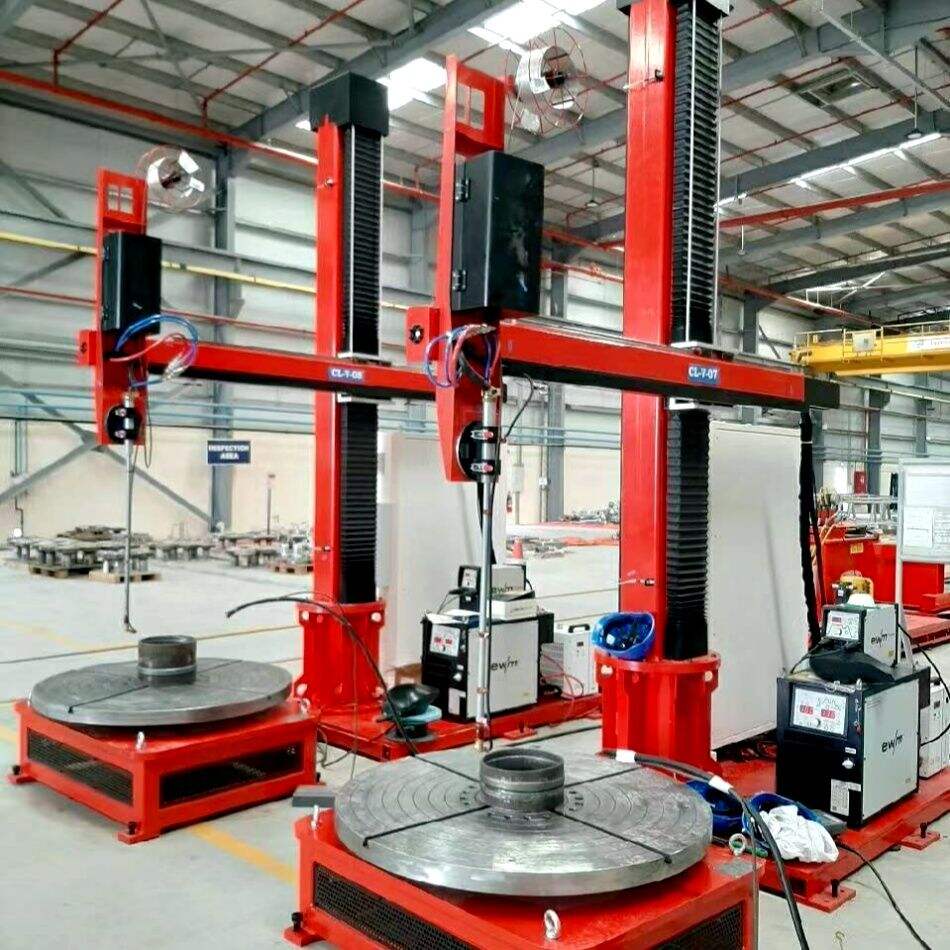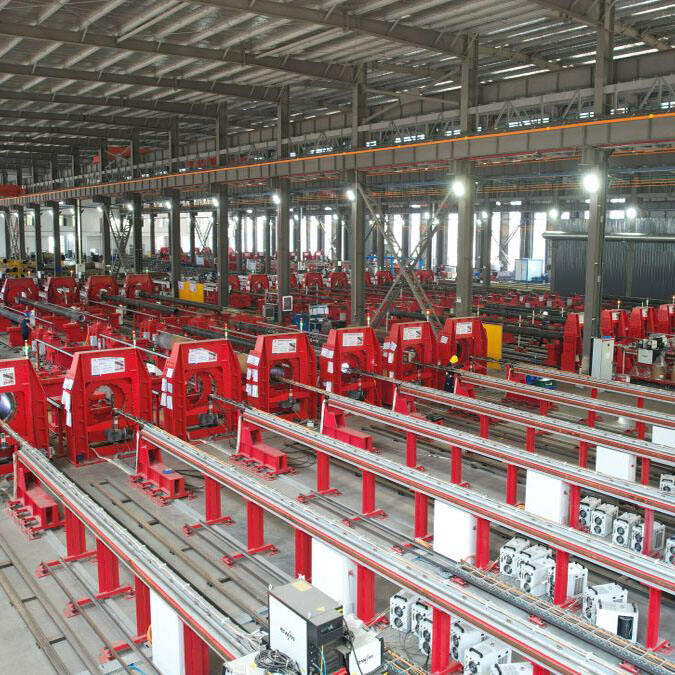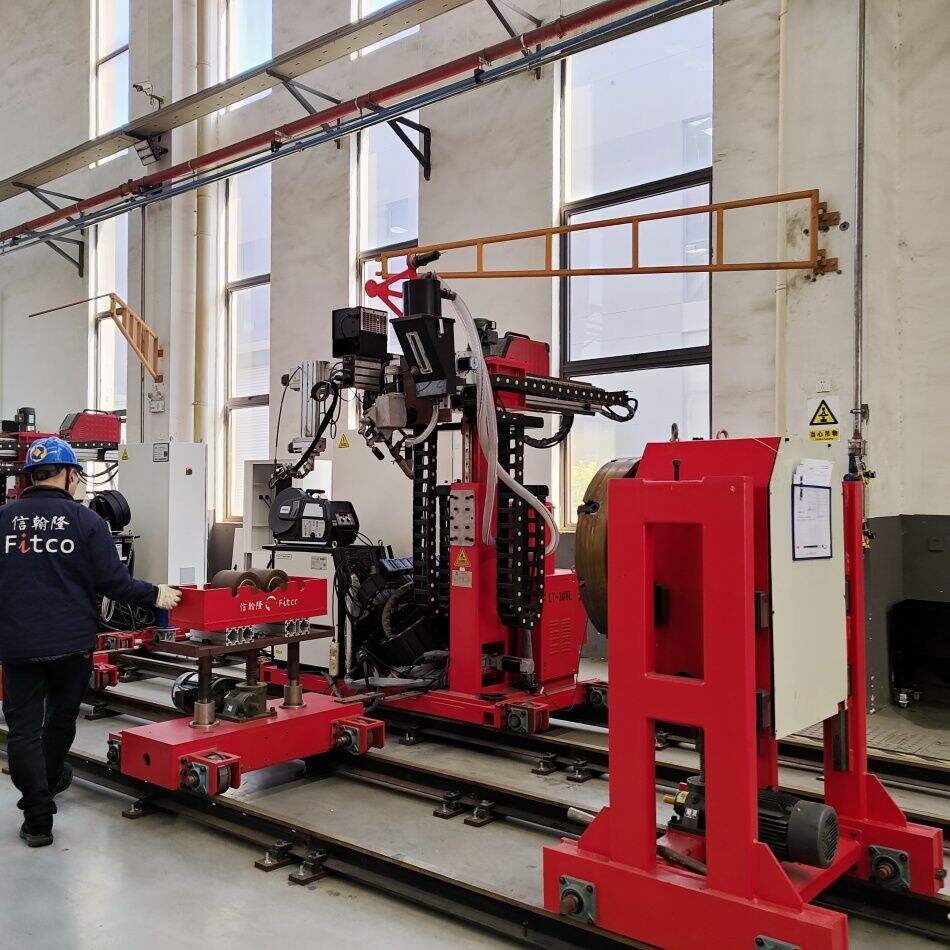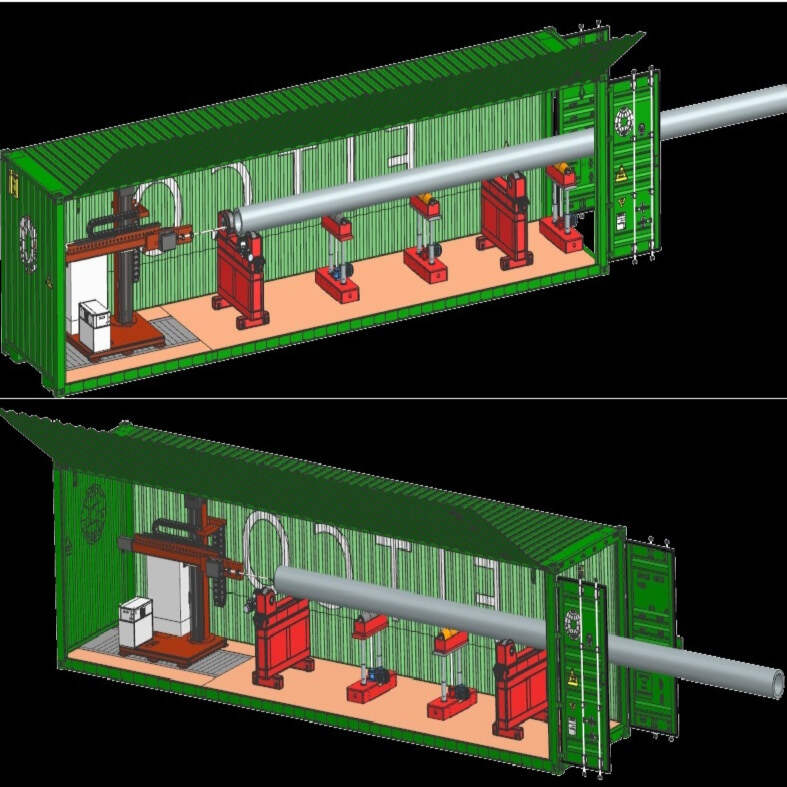inverter arc welding machine
The inverter arc welding machine represents a significant advancement in welding technology, offering precision and efficiency in metal joining operations. This sophisticated device utilizes inverter technology to convert standard AC power into high-frequency AC, which is then rectified to DC power, resulting in a more stable and controlled welding arc. The machine's core functionality revolves around its ability to maintain consistent current output while minimizing power fluctuations, ensuring superior weld quality. Its digital control system enables precise adjustment of welding parameters, including current, voltage, and arc force, allowing welders to achieve optimal results across various materials and thicknesses. The compact design, typically weighing 50-70% less than traditional transformers, makes it highly portable without compromising performance. Modern inverter welders incorporate advanced features such as hot start functionality for improved arc initiation, anti-stick capabilities to prevent electrode sticking, and arc force control for better penetration. These machines are versatile enough to handle both stick welding (SMAW) and TIG welding (GTAW) processes, making them suitable for various applications in construction, manufacturing, maintenance, and repair work.

 EN
EN
 AR
AR BG
BG HR
HR CS
CS DA
DA NL
NL FI
FI FR
FR DE
DE EL
EL HI
HI IT
IT JA
JA KO
KO NO
NO PL
PL PT
PT RO
RO RU
RU ES
ES SV
SV TL
TL IW
IW ID
ID LT
LT UK
UK SQ
SQ HU
HU TH
TH TR
TR FA
FA AF
AF CY
CY MK
MK LA
LA MN
MN KK
KK UZ
UZ KY
KY








